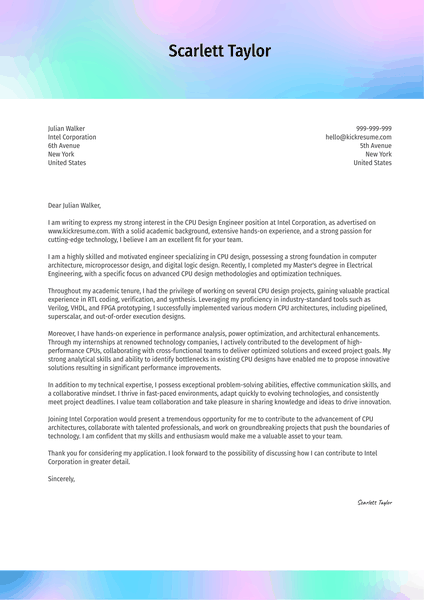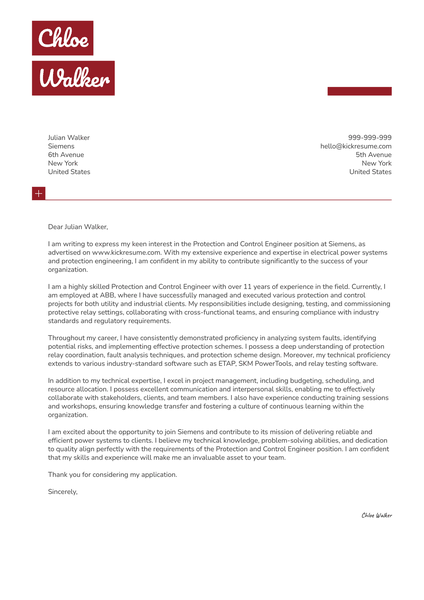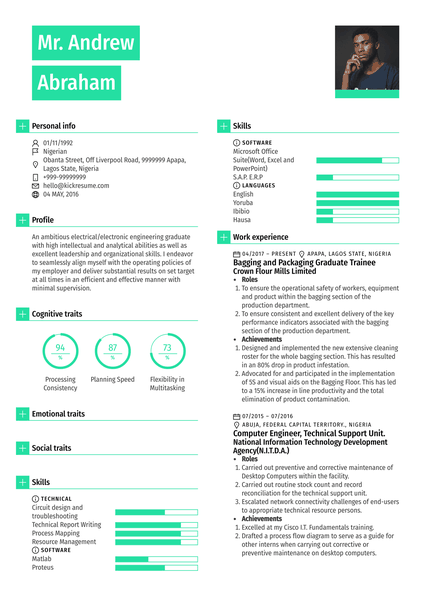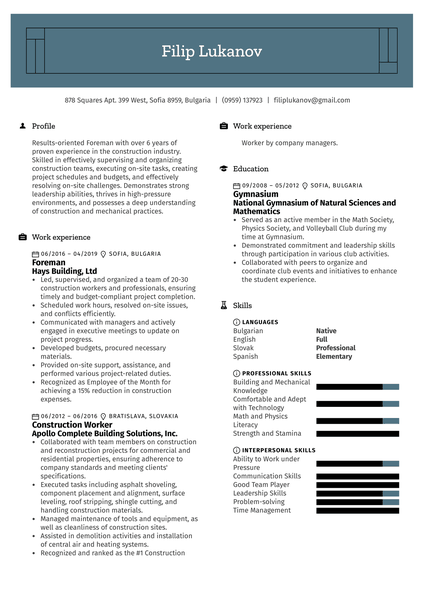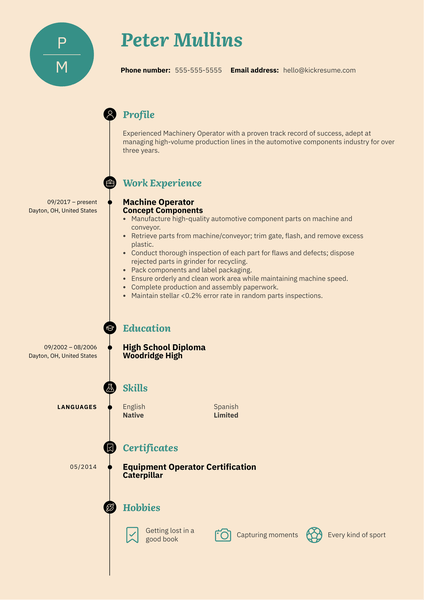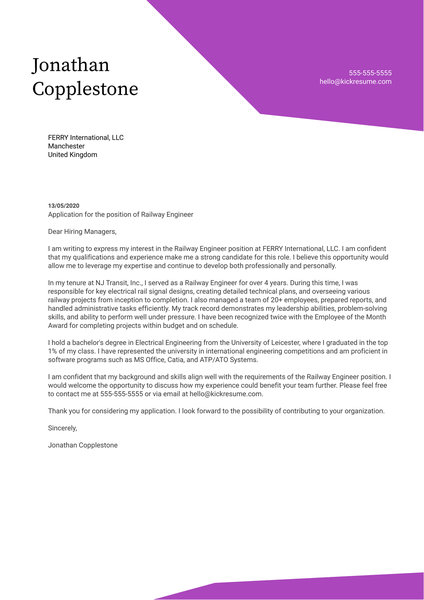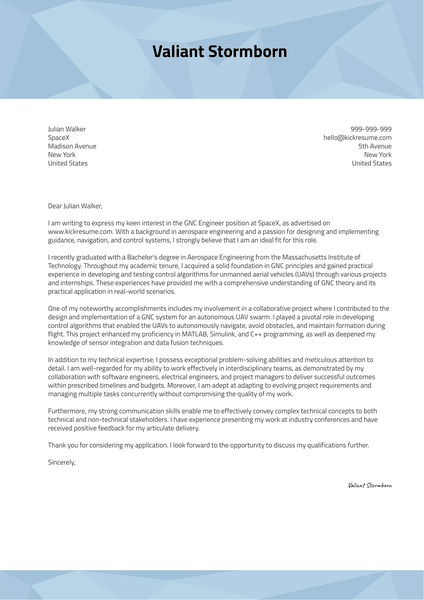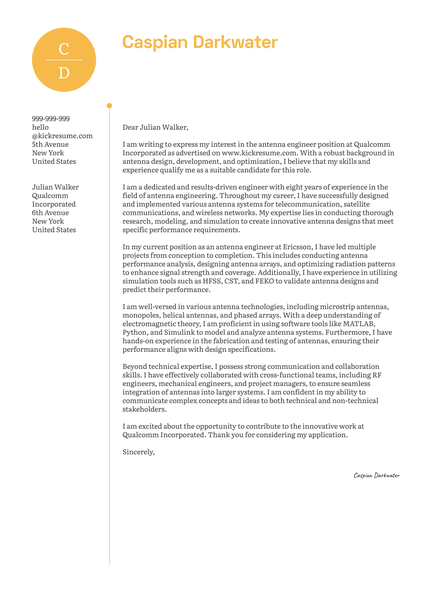Dear Julian Walker,
I am writing to express my interest in the Senior Analog Design Engineer position at Analog Devices, Inc., as advertised on www.kickresume.com. With a strong background in analog circuit design and experience leading complex projects, I believe I am well-suited for this role.
Throughout the past 9 years, I have made significant contributions to the design and development of various analog circuits, including high-speed data converters, amplifiers, voltage regulators, and phase-locked loops. By effectively translating system-level requirements into practical circuit designs, I consistently deliver high-performance solutions that meet or exceed client expectations.
Having led cross-functional teams, I have successfully collaborated with board designers, system architects, and test engineers to seamlessly integrate analog circuits into complex systems. As a Senior Analog Design Engineer at Texas Instruments, I have managed multiple projects simultaneously and consistently delivered top-quality designs within challenging timeframes. Furthermore, I have actively mentored and coached junior engineers, fostering their growth and development within the organization.
As a senior-level professional, I prioritize staying updated on the latest advancements in analog circuit design and industry trends. I possess expertise in using industry-standard tools and simulation software, such as Cadence Virtuoso and SPICE, effectively optimizing circuit performance and minimizing power consumption.
I am particularly attracted to Analog Devices, Inc.'s reputation for innovation, cutting-edge technology, and commitment to excellence. The opportunity to work with a talented team of engineers, tackling challenging design problems and pushing the boundaries of analog circuitry, is truly exciting to me. I firmly believe that my technical expertise, leadership skills, and passion for analog design make me an ideal fit for this position.
Thank you for considering my application. I look forward to the opportunity to discuss how my qualifications align with the needs of Analog Devices, Inc.
Sincerely,

